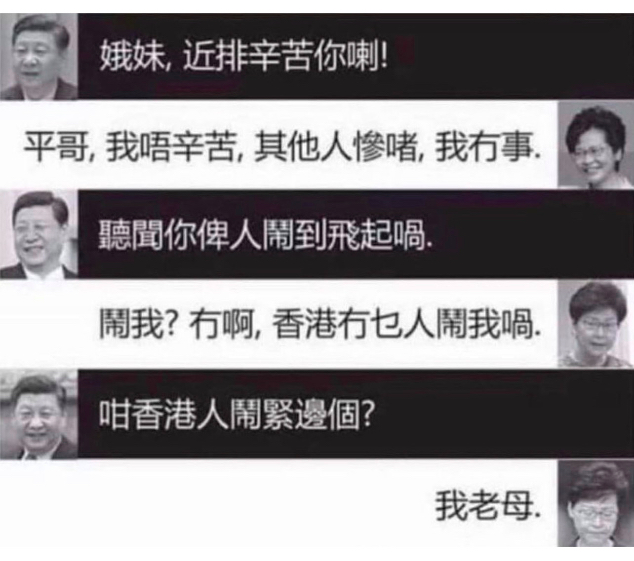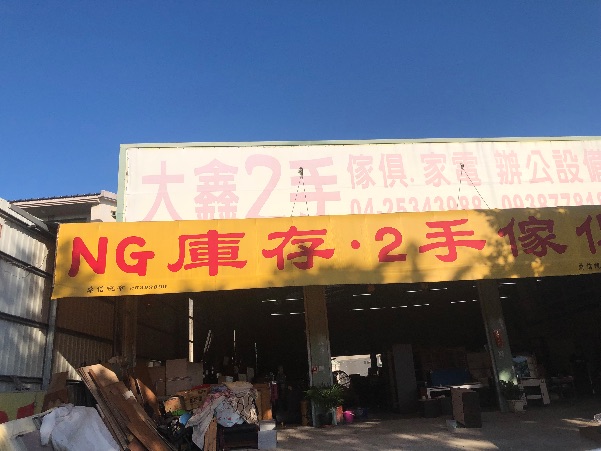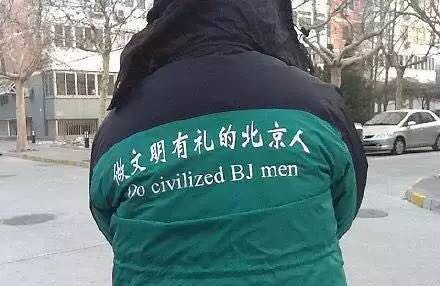Archive for Abbreviation
November 16, 2023 @ 8:04 pm· Filed by Victor Mair under Abbreviation, Errors, Miswriting, Spelling, Writing
From Nathan Hopson:
I have been reading some handwritten documents from the 1960s and 1970s, and have been reminded that even beyond abbreviations, there were still "nonstandard" kanji in use. I guess this took me off guard mostly because these are school publications.
On the abbreviated side, the most obvious example is:
第 → 㐧
The "nonstandard" kanji that interested me most were these two:
1. 管 → 官 part written as 友+、

2. 食缶 as a single character, but paired with 食 to be 食[食缶]

Read the rest of this entry »
Permalink
October 4, 2023 @ 8:12 pm· Filed by Victor Mair under Abbreviation, Negation, Variation, Writing systems
That's bù 不, plus = a-, il-, im-, in-, ir-, un-, non- prefixes in English.
It can enter into Mandarin contractions, such as bù 不 ("not") + yòng 用 ("use") = béng ("needn't), and the two Sinoglyphs used to write the constituent morphosyllables can fuse to become béng 甭 ("needn't).
Here's a whole slew of such fusion words and contraction characters:
Included among them are whimsical items such as one composed of bù 不 ("not") above and lǎo 老 ("old") below (= xiān 仙 ["ageless; immortal; transcendent"]), also another fairly well established one with bù 不 ("not") above and 好 ("good") below (= huài 壞 and other words / glyphs meaning "bad; evil; spoiled", etc.) — see if you can spot them.
Read the rest of this entry »
Permalink
January 14, 2023 @ 2:02 pm· Filed by Victor Mair under Abbreviation, Borrowing, Etymology
From Michael Carasik:
I have been wondering whether Gandhi’s “ahimsa” can be related to Hebrew חמס, the reason (per Gen 6:11) that God brought the Flood.
The OED has already assured me that ahimsa is a- (“non”) + himsa, which seems promising.
Michael asks whether this connection is plausible.
Though Sanskrit is an Indo-European language and Hebrew is Semitic, my initial impression is that the connection is not entirely implausible. Here's why.
Read the rest of this entry »
Permalink
January 30, 2022 @ 1:38 am· Filed by Victor Mair under Abbreviation, Swear words, Topolects
Via Jeff DeMarco on Facebook comes this imagined conversation between the leaders of China and Hong Kong, Xi Jinping and Carrie Lam.

Read the rest of this entry »
Permalink
April 11, 2020 @ 12:39 pm· Filed by Victor Mair under Abbreviation, Names
I've been familiar with the country name "Bosnia and Herzegovina" for quite some time, but until this morning I've never seen it referred to as BiH. I came upon this usage in news reports about the delivery of PRC medical supplies to that country, e.g., here. Although the Chinese printing on the boxes in the background of the photograph in this report is small and blurred, we can verify from other sources (e.g., here) what it says:
wànlǐ shàng wéi lín, xiāngzhù wú yuǎnjìn 万里尚为邻,相助无远近 ("ten thousand miles but still neighbors, mutual assistance has no far or near")
Other recent uses may be found here and here.
Can anybody transcribe and translate the printing in Roman letters (Bosnian? Croatian?) that is also on the boxes?
Read the rest of this entry »
Permalink
February 4, 2020 @ 5:47 pm· Filed by Victor Mair under Abbreviation, Borrowing, Language and computers, Neologisms, Writing systems
Message from Stoyan Gegovski:
I am editing parts of the "Xi'an Investment Guide" (every major city in China issues one of these every year) and I came upon an interesting use of the abbreviation "IP" which might interest you:
"Xīn shídài xīn Xī'ān xīn IP 新时代 新西安 新IP"
It is placed on the third page of the handbook, right after a short introduction of the city and a map of the ancient Silk Road.
I have never encountered such a use of "IP" and I find it quite interesting. The Graduate students tasked with the translation rendered it as "New Era, New Xi’an, New IP", which obviously does not truly represent its meaning. Apparently, even the Chinese are not too sure what it means, as they were also unable to define it.
Read the rest of this entry »
Permalink
December 23, 2019 @ 9:53 am· Filed by Victor Mair under Abbreviation, Acronyms, Diglossia and digraphia, Idioms, Romanization
Literary Sinitic / Classical Chinese has an extreme propensity for elision, truncation, and abbreviation, which is one of the factors that make it so hard to read.
Yesterday, we looked at the current Chinese proclivity for acronyms and initialisms, made much easier to produce and apply due to the use of digital technology and pinyin as part of an emerging Sinitic digraphia. See "Chinese acronyms" (12/22/19).
In recent years, a new kind of quadrisyllabic "set phrase" has arisen in internet usage, one not based on historical allusion or other traditional source. Here are seven typical examples:
Read the rest of this entry »
Permalink
November 24, 2019 @ 12:37 am· Filed by Victor Mair under Abbreviation, Language and business
From an anonymous contributor:

Read the rest of this entry »
Permalink
November 6, 2019 @ 7:00 pm· Filed by Victor Mair under Abbreviation, Acronyms, Alphabets, Diglossia and digraphia, Writing systems
Jeff DeMarco writes:
I have just come across some mixed language abbreviations on Chinese social media. For example, 川A市 refers to Chengdu. 皖J市 is Huangshan in Anhui, and 皖A市 is Chaohu.
I am curious as to how the letters are assigned.
The incorporation of the Roman alphabet into the Chinese writing system is a topic that we have often addressed on Language Log, for which see the "Readings" (and the bibliographies they include) below.
Read the rest of this entry »
Permalink
September 28, 2019 @ 11:42 am· Filed by Victor Mair under Abbreviation, Etymology, Slang, Topolects
Article in SCMP Magazine:
"How Hong Kong slang terms for ‘police’ have evolved over time", by Lisa Lim (9/28/19):
Back in the day, Hong Kong policemen were referred to in Cantonese as luhky ī [sic; VHM: luk6ji1 綠衣] (“green clothing”), for the green uniforms they had worn since the 19th century. Khaki drill became the summer uniform around 1920 while the current get-up of light-blue shirt and black trousers, worn year-round, was adopted in December 2004.
In addition to the green uniforms, headgear worn by policemen – the turbans of Sikhs and the conical bamboo hats of the Chinese – were also part of the personification.
Read the rest of this entry »
Permalink
September 16, 2018 @ 10:42 am· Filed by Victor Mair under Abbreviation, Lost in translation
Zeyao Wu found this photograph on Weibo (a Twitter-like microblogging website in China):

Read the rest of this entry »
Permalink
May 19, 2018 @ 4:31 pm· Filed by Neal Goldfarb under Abbreviation, Nonverbal communication, Pragmatics
As I was browsing some search results in Google Scholar, I came across a listing for a paper titled, "Communication and Community: The Pragmatics of ESP."
After reading the title, I asked myself, If you have ESP, why would you need pragmatics?
Read the rest of this entry »
Permalink
March 31, 2018 @ 6:10 pm· Filed by Victor Mair under Abbreviation, Acronyms, Language and society
On her blog today retired U. Wisconsin law Prof. Ann Althouse asks some interesting questions about local Nanjing reactions to a nursing home (possibly with a morgue and a kindergarten) being located nearby. She cites this article by Fan Liya in Sixth Tone (3/30/18): "Nanjing NIMBYs Oppose Hospice, Fearing Death in Their Midst/Nursing home offering end-of-life services is one of a string of facilities to encounter opposition due to superstition".
Read the rest of this entry »
Permalink


